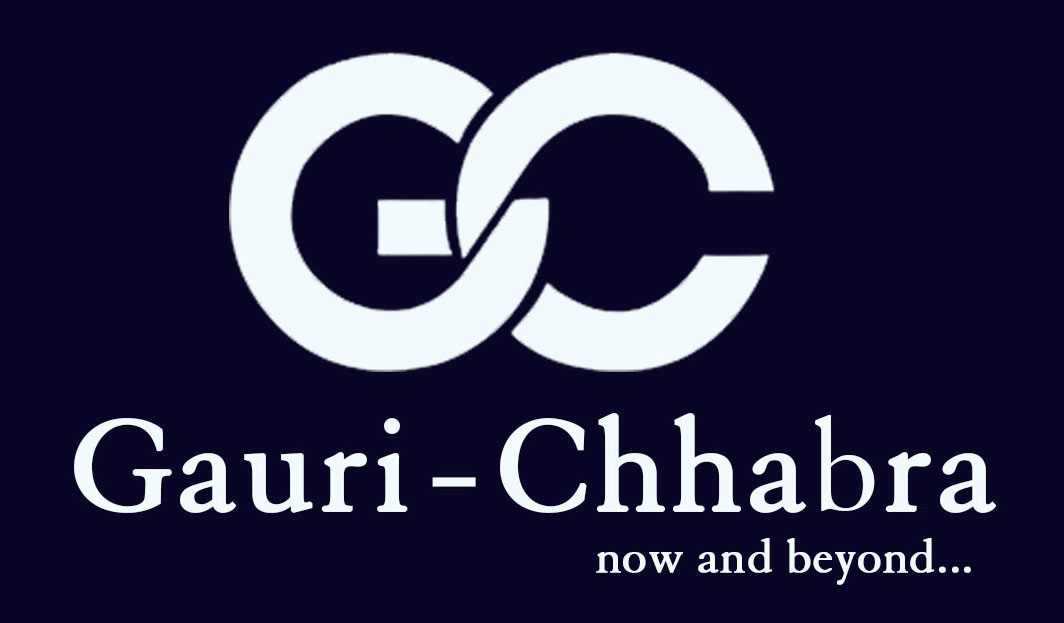A few months ago, Chandrayaan-2 was a giant leap towards space exploration, putting ISRO, the Indian Space Research Organization, on a coveted position in the world map. ISRO calls for a bent of mind that fosters a craving for exploration and discovery, application of the advancement of technology, attempt to simulate life beyond orbits, and build a global fraternity in space.
About ISRO
The Indian Space Research Organisation (ISRO), established on 15 August 1969, is under the administrative umbrella of the Department of Space, Government of India. Over the past decade or so, ISRO has carved a niche for itself in the space exploration horizon owing to its constant endeavors to explore space and orbits. Indian Space Research Organisation works with many offshoots such as communication satellites and remote sensing satellites, thus necessitating the spiral demand for fast and reliable communication and earth observation products. It is also responsible for the advanced applications that are helpful for the country in its decision making process such as services like weather forecast, Geographical online information, scientific navigation and the like.
Entry and Career Options:
Depending on the post, your eligibility can be SSC, diploma, undergraduate degree or a doctorate in the relevant discipline
After XII : To become a scientist at ISRO, you are required to have Math and Physics as subjects at 10+2 level.You should crack IIT-JEE and get admission into IIST, maintain a decent CGPA and get absorbed into ISRO
After Graduation: After completing B.Tech from any college, an examination namely ICRB (centralized Recruitment Bangalore) is conducted by ISRO and you would be tested as per your respective branches of engineering and after clearing the interview, you can become a scientist at ISRO. You must have a minimum aggregate percentage of 65% and above in B.tech in their respective relevant streams. After Post Graduation You can also enter after the post graduate degree or D. in trades such as Geoinformatics, Remote Sensing, Instrumentation, applied Mathematics, Geophysics, Geography or any other equivalent degree in the field of Physics or Mathematics.
You may join as scientist, technician, technical assistant, admin officers, purchase officers, etc. depending on eligibility.
ISRO Recruitment 2020:
Indian Space Research Organisation (ISRO) ISRO SAC– Space Application Centre has released the job notification for the post of Scientist/Engineer, Technical Assistant, Technician – 55 vacancies. Candidates with the qualification of M.E/ M.Tech/ M.Sc/ Ph.D/ Diploma/ ITI are eligible to apply for this job. The selection process is based on the Written Test and Skill Test. Interested and eligible candidates can apply online through ISRO SAC website on or before 3 April 2020, however, the date has been extended to 01 May 2020.
ISRO Recruitment 2020:
Indian Space Research Organisation (ISRO) ISRO SAC– Space Application Centre has released the job notification for the post of Scientist/Engineer, Technical Assistant, Technician – 55 vacancies. Candidates with the qualification of M.E/ M.Tech/ M.Sc/ Ph.D/ Diploma/ ITI are eligible to apply for this job. The selection process is based on the Written Test and Skill Test. Interested and eligible candidates can apply online through ISRO SAC website on or before 3 April 2020, however, the date has been extended to 01 May 2020.
Number of posts:
- Scientist/Engineer-SD: 2 Posts
- Scientist/Engineer-SC: 19 Posts
- Technical Assistant: 6 Posts
- Technician/Draughtsman-B:28 Posts
- For Scientist/Engineer-SD(Electronics): There is no age limit for Scientist/Engineer-SD. As far as educational qualification is concerned, you need to be
- Phd. in fields related to Electronics/ Communication/RF & Microwaves /Power Electronics/ VLSI Design/ Micro Electronics/ Embedded Sys./Signal Processing (OR)
- M.E./M.Tech. in Electronics / Electronics & Communication / Electronics & Electrical Engineering / Information & Communication Technology (ICT) with Specialization in Electronics / Communication/ RF & Microwaves / Power Electronics / VLSI Design / Micro Electronics / Embedded Sys. / Signal Processing AND Minimum 02 years of professional experience after acquiring the Degree of M.E./M.Tech.
- Scientist/Engineer-SC : For Scientist/Engineer-SC(Physics), you need to be an M.Sc. in Physics
Scientist/Engineer-SC(Computer)
- Scientist/Engineer-SC(Computer) : M.E. / M.Tech. in Computer Science / Computer Engineering / Computer Science & Engineering / Information and Communication Technology (ICT), with Specialization in Artificial Intelligence / Machine Learning / Deep Learning / Image Processing (OR)with Specialization in IT Security / Cyber Security
- Scientist/Engineer-SC(Electronics) : M.E./M.Tech. in Electronics / Electronics and Communication / Electronics & Electrical Engineering / Information and Communication Technology (ICT) with Specialization in Electronics / Communication / RF & Microwaves / Power Electronics / VLSI Design / Micro Electronics / Embedded Sys. / Signal Processing
- Scientist/Engineer-SC(Mechanical) : M.E./M.Tech. in Mechanical Engineering with Specialization in Thermal Engineering / Structural Engineering / Structural Analysis / Material Science / Material Technology / CAD / CAE / Design Engineering / Industrial Safety Engineering
- Scientist/Engineer-SC(Structural) : M.E./M.Tech. in Structural Engineering / Civil Engineering with Specialization in Structural Engineering
- Scientist/Engineer-SC(Electrical) : M.E./M.Tech. in Electrical Engineering For Scientist/Engineer-SC/SD you should have an aggregate minimum of 60% or CGPA / CPI grading of 6.5 on a ten scale. Work profile: As a Scientist/Engineer ‘SC’, your work will be to design, develop and test different systems which will be used in either ongoing or future projects related to ISRO. All new recruits would be required to attend a 2 month Induction Training Program. The first part is the General Module held for all new recruits and the second part is the Area Specific Module where engineers are segregated based on their centres or areas e.g. Spacecraft, Launch Vehicles, Applications etc.
- ForTechnical Assistant , you need to have a Diploma in Electronics / Electronics and Communication /Mechanical/Civil/Electrical Engineering in FIRST CLASS from recognized Board /University.
- For Technician-B/Draughtsman-B, you can be : Technician B vacancies, candidates with a Matric (SSC / SSLC / 10th Class) as well as ITI, NTC or NAC in the following trades can apply: Fitter (6 vacancies), Machinist (3 vacancies), Electronics (10 vacancies), Information Technology (2 Vacancies), Plumber (1 vacancy), Carpenter (1 vacancy), Electrician (1 vacancy), Mechanical (3 vacancies), and Chemical (1 vacancy).
Pay Scale:
- Scientist/Engineer-SD: ₹ 67,700–₹ 2,08,700- Level 11
- Scientist/Engineer-SC: ₹ 56,100–₹ 1,77,500- Level 10
- Technical Assistant: ₹ 44,900–₹ 1,42,400- Level 7
- Technician/Draughtsman-B: ₹ 21,700–₹ 69,100- Level 3
Selection Process:
Scientist/Engineer-SD/SC: The selection process is based on the written test.
Technical Assistant/Technician: The selection process is based on the written test & Skill test.Written Test will be conducted in such a way that theoretical and practical knowledge of the candidate is tested covering both breadth and depth of the prescribed curriculum. The written test shall serve as a qualifying test in the sense that on the basis of the written test scores, you would be called for a skill test. The skill test will be purely on ‘go-no-go’ basis and marks obtained in the skill test will not be considered for selection. The skill test will be evaluated on a 100-point scale with a minimum 60% for qualification.
How to Apply
- Download the ISRO URSC notification.
- Read all the details and apply if you are eligible
- If eligible, click the ISRO URSC apply online link
- Start filling all the details asked for
- Make sure you attach documents in the prescribed format
- Pay the application fee as applicable
- Click on submit to complete your URSC Recruitment process
- Take a print out of the application form and capture the unique applicant ID for future reference
Conclusion:
Therefore, if you wish to dream big and reach beyond the sky, gear yourself up for space organization of the day, ISRO.
The rest will be history.












